I want to thank the wonderful people taking my successful AIP Course for the inspiration and motivation to dive into this topic in detail: I started fielding questions about CBD use for autoimmune diseases, and I ended up going on a deep dive into the scientific literature. This blog post is a result of that research!
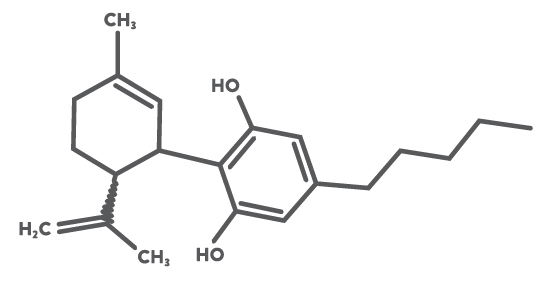 What is CBD? CBD is an abbreviation for the phytochemical cannabidol, a non-psychoactive component of Cannabis sativa (AKA marijuana, the recreational drug that receives a lot of attention in the media and is legalized for recreational or medical use in some states in the United States). This is a different constituent from THC (tetrahydrocannabinol), the phytochemical responsible for the mental changes associated with marijuana use. So, when we talk about CBD, we’re talking about an isolated chemical compound from Cannabis that will not have any effects on personality apart from potentially being calming/relaxing.
What is CBD? CBD is an abbreviation for the phytochemical cannabidol, a non-psychoactive component of Cannabis sativa (AKA marijuana, the recreational drug that receives a lot of attention in the media and is legalized for recreational or medical use in some states in the United States). This is a different constituent from THC (tetrahydrocannabinol), the phytochemical responsible for the mental changes associated with marijuana use. So, when we talk about CBD, we’re talking about an isolated chemical compound from Cannabis that will not have any effects on personality apart from potentially being calming/relaxing.
I’m sure that some of you are wondering, “but isn’t this stuff illegal, at least in some states…?” And the answer to your question would be: well, kind of. In the US, the federal Controlled Substances Act controls substances with a psychoactive nature or that have abuse potential. Classification of a substance depends upon its medical effectiveness and abuse potential. Marijuana and its cannabinoid components are currently Schedule I substances, the criteria for which is that there’s no currently-accepted medical use, high potential for abuse, and lack of accepted safety for use of the drug under medical supervision. Whether Cannabis and its components are appropriately designated has been under debate for quite some time. However, CBD can also be isolated from hemp – another strain of Cannabis that is rich in CBD and does not have psychoactive properties. The use of hemp is one way that companies are able to legally manufacture CBD products.
Since 1996, there has been a large push to legalize marijuana in multiple forms, including CBD, across the United States. Currently, CBD is not listed separately from high-THC marijuana, which makes sourcing CBD a challenge. As of 2018, 25 states and the District of Columbia have made medical marijuana legal, and another 17 states have legalized products that are high in CBD and low in THC.
So, long story short, the legality of CBD products is entirely dependent upon where you live! Please keep that in mind as you read. There is considerable evidence of medical benefit of CBD use, so that is what I will discuss here.
CBD for Nerds: The Pharmacology and Physiology of Cannabinoids
Cannabis sativa, despite its controversial legal status, has been studied extensively, and it is known to have hundreds of bioavailable chemical compounds that are psychoactive and not. These compounds can activate that naturally-occurring endocannabinoid receptors of the human nervous system and elsewhere.
 The major bioactive phytocannabinoids include:
The major bioactive phytocannabinoids include:
- Cannabidol (CBD)
- Cannabichromene (CBC)
- Cannbigerol (CBG)
- Cannabidivarin (CBDV)
- Tetrahydrocannabivarin (THCV)
- Tetrahydrocannabinol (THC)
That last compound, THC, is the most common phytochemical component of cannabis and is responsible for its psychoactive properties, and CBD is the second most common constituent of the plant. THC is similar in structure to CBD, with the ring structure and long hydrocarbon chain forming a tail. Despite this similarity, these compounds elicit different responses in the body; their pharmacological properties depend on how they interact with the endocannabinoid receptors and enzymes of endocannabinoid synthesis and degradation.
THC creates changes in mental status, motor function, memory, and body temperature by interacting with the CB1 and CB2 receptors in the endocannabinoid system. This effect can manifest as increased heart rate, anxiety, hunger, and eventually sleepiness. But, the presence of CBD lowers THC’s affinity for these receptors and thus reduces these collateral effects, making consumption of THC with CBD much safer than THC alone.
Some aspects of CBD pharmacology are still being researched, especially the pharmacodynamics (i.e., the mechanism of action) across many systems. But, there is a lot that we do know now.
Save 70% Off the AIP Lecture Series!
Learn everything you need to know about the Autoimmune Protocol to regain your health!
I am loving this AIP course and all the information I am receiving. The amount of work you have put into this is amazing and greatly, GREATLY, appreciated. Thank you so much. Taking this course gives me the knowledge I need to understand why my body is doing what it is doing and reinforces my determination to continue along this dietary path to heal it. Invaluable!
Carmen Maier
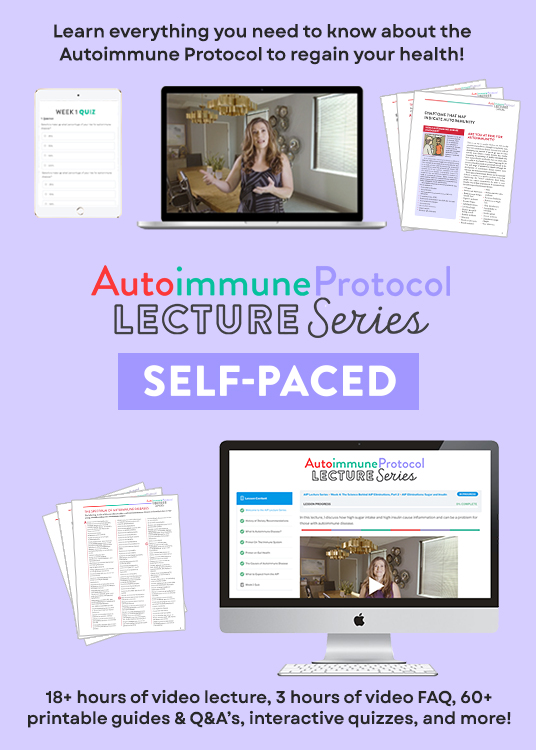
CBD interacts with several important receptors throughout the body that are responsible for its physiological effects and potential medical benefits.
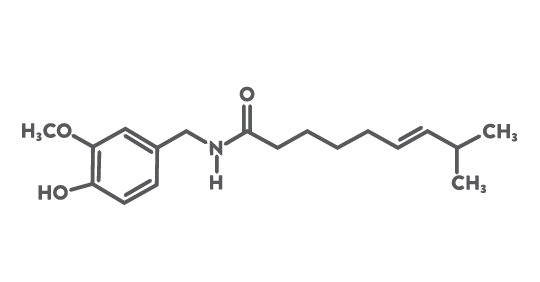 One example is that it acts in the body much like the compound capsaicin, an anti-inflammatory compound found in red peppers. CBD and capsaicin both bind to the receptor called TRPV1, which is known to mediate pain, inflammation, and body temperature. Fun fact: this receptor is referred to as a “vanilloid receptor,” because it mediates the effects of a wide range of medicinal herbs, including vanilla – a known antiseptic and analgesic. Cool, right?
One example is that it acts in the body much like the compound capsaicin, an anti-inflammatory compound found in red peppers. CBD and capsaicin both bind to the receptor called TRPV1, which is known to mediate pain, inflammation, and body temperature. Fun fact: this receptor is referred to as a “vanilloid receptor,” because it mediates the effects of a wide range of medicinal herbs, including vanilla – a known antiseptic and analgesic. Cool, right?
At high concentrations, CBD activates the serotonin receptor 5-HT1A. Activation of this receptor triggers a cascade of intracellular signals that result in an increase in the production of serotonin. Serotonin is an important neurotransmitter for mood regulation, and deficiency in serotonin is associated with both depression and anxiety. This receptor has been implicated in a range of physiological processes, including anxiety, addiction, appetite, sleep, pain perception, nausea, and vomiting. Interestingly, the form of CBD found in unheated plant matter, cannabidiolic acid (CBDA), has an even stronger affinity for this receptor, which could be important when considering which forms of the compound could have the most impact.
On the other end, CBD blocks another receptor called the GPR55 receptor, which is also called the “orphan receptor” because it hasn’t been identified as belonging to any other class of receptor. Overactive GPR55 is associated with risk for osteoporosis and cancer cell proliferation, so, as an antagonist, CBD is believed to decrease bone reabsorption and cancer cell proliferation. There is another mechanism for CBD as an anti-cancer agent: it activates PPARs, which are associated with anti-cancer proliferation, tumor regression, and degradation of plaques associated with Alzheimer’s disease. PPAR receptors are also associated with energy homeostasis, liquid regulation, insulin sensitivity, and other aspects of metabolism.
Finally, CBD acts on certain receptors by changing their structure and influencing how they respond to their substrates. One important example is that CBD acts as a positive allosteric modulatory of the GABA-A receptor, amplifying the calming effects of the amino acid/neurotransmitter, GABA.
The broad-ranging actions of CBD are responsible for its diverse health benefits, indicating potential medical use for a wide range of conditions.
Medical Uses of CBD by System
There are a few biological systems and disease conditions in which CBD has been extensively studied as an pharmaceutical intervention. Together, these studies demonstrate the compelling therapeutic potential for CBD. Let’s review this exciting research!
Immune system and inflammatory diseases.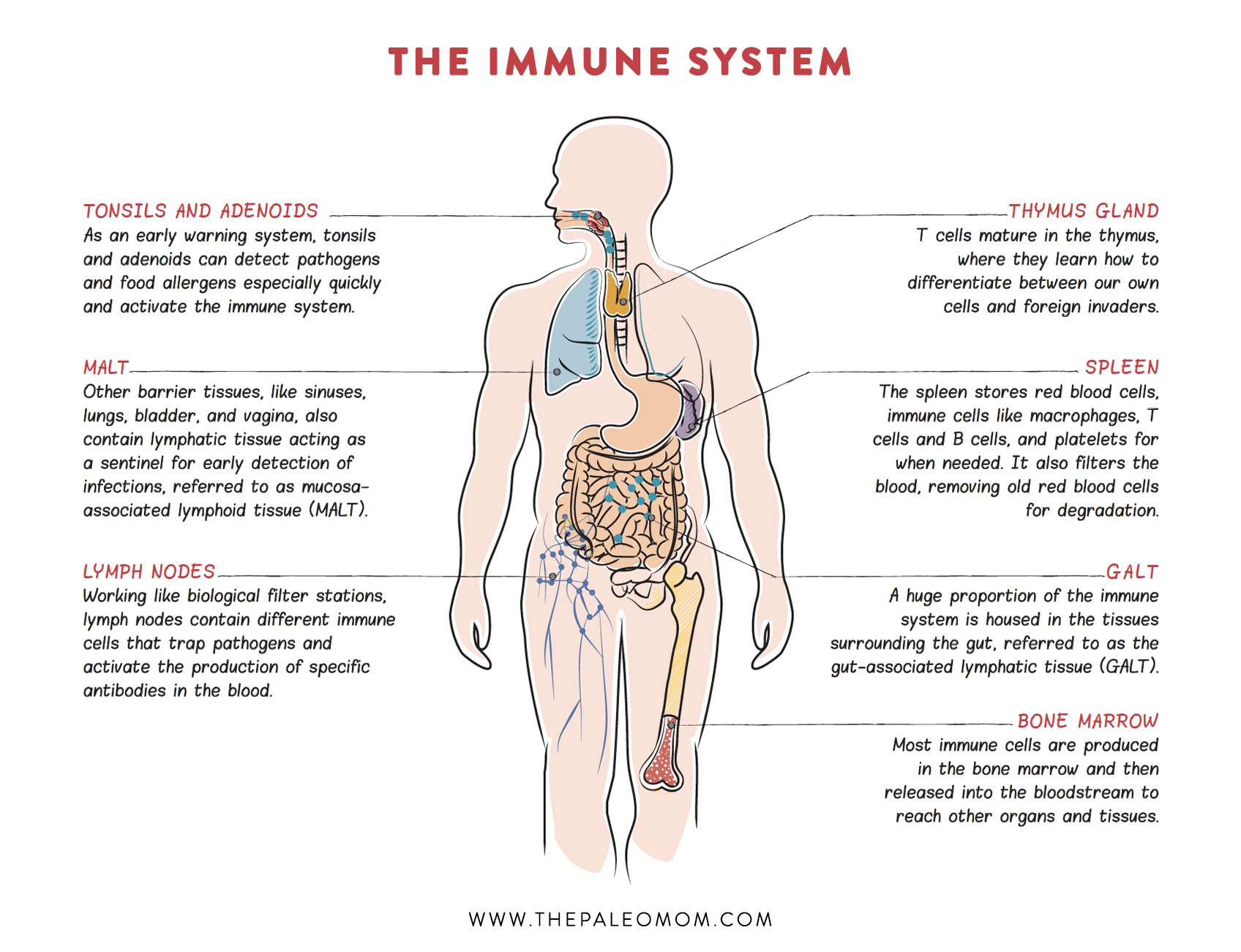
The immune system is one area of health where CBD has been very well-studied. While there is some difference in the effect based on the amount of CBD used as well as the studied immune stimulus, the overall effect of CBD is immunosuppression. Interestingly, we see this effect through activation of the CB1 and CB2 receptors that we mentioned in the previous section. It’s been established that CBD has a strong capability to inhibit the production of the inflammatory cytokines interleukin 1-beta (IL-1β), interleukin 6 (IL-6), and interferon gamma (IFN-γ).
One well-studied example is inflammatory lung disease. There is a lot of evidence that use of CBD reduces the immune response, allowing the lungs to function appropriately. Specifically, CBD inhibited the migration and action of several immune cells, including neutrophils, macrophages, and lymphocytes and their associated pro-inflammatory signaling molecules called the cytokines.
CBD has also been studied in the context of degenerative diseases with an inflammatory etiology. Notably, there are some implications in the progression of the neurodegenerative diseases Parkinson’s, Alzheimer’s, multiple sclerosis, and HIV-associated dementia as well as cancer. The understanding here is that CBD inhibits cells called microglia, which are kind of like the clean-up cells of the nervous system and act like a lot of immune cells: when they function properly, they are critical to health, but overstimulation of them can cause diseases of the nervous system. That kind of sounds like an autoimmune disease, doesn’t it?
Outside of the action on the CB receptors, CBD has even more anti-inflammatory effects! Specifically, CBD decreases the movement of blood leukocytes by down-regulating some chemokines and vascular adhesion molecules. This increases motor functioning and has resulted in improvement of some autoimmune conditions. So, in combination with its effects on microglia, it looks like CBD has some potent neuropotential effects.
There’s more – seriously! CBD also acts as an anti-inflammatory molecule at the level of the retina of the eye, so it’s been implicated as a potential therapeutic for inflammatory eye diseases like uveitis (inflammation of the uvea), age-related macular degeneration, and diabetes-related glaucoma.
You may be thinking about whether inflammatory bowel diseases like Crohn’s disease are also going to show up on this list. The answer is yes! In fact, CBD is an incredibly promising therapeutic for Crohn’s, because it modulates the secretion of interleukins 10 and 12 by macrophages in the gut. It has also been shown to inhibit the recruitment of mast cells and macrophages in the intestines, leading to a significant reduction of the inflammatory molecule TNF-α. Some preliminary studies have confirmed a reduction of symptoms in patients with Crohn’s – a huge relief for people in a lot of pain.
As you may suspect, CBD is being studied as an immunomodulating compound in the management of autoimmune diseases. This acts by reprogramming pathological memory T cells (the ones that tell the immune system to attack our bodies). One recent study confirmed that the immunomodulatory effects of CBD are mediated through the induction of regulatory T cells — this is an extremely exciting result because the insufficienty and/or inactivity of Treg cells is a main driver of all autoimmune diseases (and perhaps immune diseases as well). See also The Autoimmune Protocol and check out the AIP Lecture Series
If that kinda-sorta sounds like a miracle, it might be. Researchers are still trying to investigate the details. Despite all we do know, there is a lot that we don’t know about how CBD is related to immune activation in times when we want an immune response. Namely, the ability to fight infection, especially in healthy people. We also don’t have clear guidance from the literature on optimal dose, timing, or form of CBD to maximize benefits and minimize any potential risks. Still, I am super excited to watch the literature and see what scientists come up with in this field!
Nervous system.
 As I already mentioned, we also have some evidence when it comes to nervous system function. CBD has been shown to have the following properties in the nervous system:
As I already mentioned, we also have some evidence when it comes to nervous system function. CBD has been shown to have the following properties in the nervous system:
- Neuroprotective – CBD seems to be able to preserve neuronal structure and function, at least in cell cultures and in animal models of neurodegenerative disease.
- Antioxidant – cells cultured with CBD have been shown to help cells cope with oxidative stress, mitochondrial dysfunction, inflammatory changes, excitotoxicity, iron accumulation, and protein aggregation (all features of neurodegenerative disease).
- Analgesic – there is a lot of evidence that CBD exhibits an analgesic effect (reducing or eliminating pain), but scientists are still trying to understand the mechanism here.
- Anti-psychotic – some new evidence is suggesting that CBD may be used for the prevention and treatment of psychosis, which has been linked to neuroinflammation, but large-scale randomized trials are still needed.
- Anti-anxiety & antidepressant – CBD has long been known as a therapeutic for animal models of anxiety and stress, with administration leading to reduced muscle tension, restlessness, fatigue, problems in concentration, and behavioral and physiological measures of stress. This has been corroborated in some small human trials.
There are also some specific examples of CBD in neurological diseases. One important example is that CBD has been shown to reduce infarct size in models of stroke, and there is some evidence that it protects against epithelial cell damage in the brain. How? Activation of the PPAR receptors we discussed above!
Even still, there are some limitations to CBD use. While there is good-quality evidence that CBD improves pain compared to placebo in humans, it seems to have some tolerance issues and might interact with important drugs such as anti-convulsants and HIV protease inhibitors. As with a lot of what we discuss in this post, more studies are needed and high-quality evidence is essential. Scientists are hoping to also explore research of CBD for other psychiatric disorders, including:
- Obsessive-compulsive disorder
- Panic disorder
- Post-traumatic stress disorder
- Social anxiety disorder
See also Paleo for Mental Health
Cardiovascular system.
 My guess is that you may have heard about the effects of CBD on the inflammation and the nervous system, but did you know that there are other known and proposed medical benefits? In fact, several studies in the past few years have demonstrated that the cardiovascular system may be an important target for cannabinoids.
My guess is that you may have heard about the effects of CBD on the inflammation and the nervous system, but did you know that there are other known and proposed medical benefits? In fact, several studies in the past few years have demonstrated that the cardiovascular system may be an important target for cannabinoids.
CBD has an effect on the cardiovascular system by interacting with CB receptors that are at the central level, inhibiting the release of neurotransmitters and acting on the sympathetic nervous system. This in turn controls cardiovascular function, specifically by relaxing blood vessels and impacting health by temporarily reducing high blood pressure. It looks like CBD may also help with hypertension by promoting the release of the chemical nitric oxide, a potent vasodilator. The specifics of the mechanism(s) behind CBD’s anti-hypertensive effects are still being investigated. Some evidence also suggests that CBD may fight arterial plaque. The underlying mechanism for this is likely due to its anti-inflammatory, anti-oxidant properties. Other diseases being investigated in this realm are heart failure and ischemic injuries. See also The Paleo Diet for Cardiovascular Disease
Cancer.
 You may have already heard of CBD in the context of cancer treatment and prevention. But, what does the evidence actually say? It looks like CBD may be anti-proliferative for several types of cancer cells, which is (potentially) a huge deal! One of the best-studied relationships between CBD and cancer cells is with breast cancer. It looks like CBD inhibits the proliferation of estrogen-positive and –negative breast cancer cell lines in laboratory studies. Studies have established a few different mechanisms, which seem to demonstrate that CBD targets the metabolically overactive cancer cells over normal mammary tissue. CBD also seems to reduce the chance of invasiveness in human lung cancer cells, making it very protective when it comes to lung cancer. Additionally, CBD shows antiproliferative effects with colorectal cancer, one of the major causes of morbidity and mortality in the Western world. Similarly, it looks like CBD may have anti-cancer and therapeutic value when it comes to brain and lung cancer as well.
You may have already heard of CBD in the context of cancer treatment and prevention. But, what does the evidence actually say? It looks like CBD may be anti-proliferative for several types of cancer cells, which is (potentially) a huge deal! One of the best-studied relationships between CBD and cancer cells is with breast cancer. It looks like CBD inhibits the proliferation of estrogen-positive and –negative breast cancer cell lines in laboratory studies. Studies have established a few different mechanisms, which seem to demonstrate that CBD targets the metabolically overactive cancer cells over normal mammary tissue. CBD also seems to reduce the chance of invasiveness in human lung cancer cells, making it very protective when it comes to lung cancer. Additionally, CBD shows antiproliferative effects with colorectal cancer, one of the major causes of morbidity and mortality in the Western world. Similarly, it looks like CBD may have anti-cancer and therapeutic value when it comes to brain and lung cancer as well.
More generally, the anti-inflammatory effects of CBD seem to be preventative when it comes to cancer. This makes sense considering some recent evidence that inflammation is very strongly related to cancer. See The Link Between Cancer and Autoimmune Disease.
CBD Products
 Just doing a quick Google search for CBD products, SO many options come up: creams, salves, sprays, lozenges, oils… it goes on and on! So, what does the research say about these products? Well, the bottom line is that the above studies have mostly been conducted in animal models and/or used internal supplementation (pills/oils) that are in SUPER high doses. When we look at the possibility of taking CBD ourselves, we have to think about the form of the product and the amount of CBD we are actually going to get from each product. This comes down to bioavailability, which varies from product to product as well (and isn’t that well-studied).
Just doing a quick Google search for CBD products, SO many options come up: creams, salves, sprays, lozenges, oils… it goes on and on! So, what does the research say about these products? Well, the bottom line is that the above studies have mostly been conducted in animal models and/or used internal supplementation (pills/oils) that are in SUPER high doses. When we look at the possibility of taking CBD ourselves, we have to think about the form of the product and the amount of CBD we are actually going to get from each product. This comes down to bioavailability, which varies from product to product as well (and isn’t that well-studied).
The bioavailability of CBD depends on the different forms of it that are used. Research has shown that oral intake of CBD results in bioavailability between 13% and 19%. If that doesn’t seem like great bioavailability to you, that would be correct – it isn’t. Plus, metabolism of CBD is mostly regulated by the liver, where it is subjected to several modifications that influence its uses in the body (this is important to note for anyone who may have liver disease or is worried about the burden of other medications or supplements on their liver function). The established half life of CBD is 9 hours, meaning that it takes about 9 hours for the volume of CBD to be decreased in the blood by 50%, so the effectiveness of CBD can last about half a day.
Something interesting that I saw in the literature is that there is some evidence that injectable CBD might be the most ideal form for serious medical intervention, especially in cases of neurological disease, because it easily crosses the blood brain barrier without being modified by the liver. Given the barriers to CBD use presently in the current system, it seems like we’re a ways away from being able to implement this in medical intervention style. I can totally see IV CBD being available in medical clinics in the future if the legal barrier is eventually removed. Even still, injection is a relatively unpleasant way of getting a medicine!
As of 2018, 25 states and the District of Columbia have made medical marijuana legal, and another 17 states have legalized products that are high in CBD and low in THC. In states where recreational and medical use of cannabis is legal, the amount of THC is tracked and recorded for consumers. Likewise, the amount of CBD can be determined and reported to consumers, depending on the product and that person’s goals (medical or otherwise). Otherwise, quality and concentration of CBD can be less regulated.
Notably, studies so far have found that CBD has very low if any potential for toxicity, largely due to the fact that it has no psychoactive effects. It also doesn’t seem increase genetic mutations or cause issues with growing fetuses in the womb (although more data is needed to definitively prove that CBD is not teratogenic). But, that doesn’t mean we have really clear-cut evidence regarding what the best dosage of CBD is.
Since there isn’t a lot of good research here, it’s hard for me to make any specific recommendations – especially not based on the evidence that we have available at this point. The most common dosage in practitioner-brand CBD products is about 10mg in oral form, which translates to about 1.3-1.9mg of actual CBD action. Salves and other topical forms have a variety of dosages, and it looks like they are less bioavailable than oral options. So, always take that information into consideration if you’re considering investing in CBD.
Quick Words of Caution
There is a lot of information out there that suggests CBD could be a potent medicinal chemical that could be helpful in the treatment and prevention of many diseases. That being said, I want to take a moment to pause and encourage some critical thinking regarding the level of evidence that is currently available to us.
The vast majority of studies to date are in animal models and with cell studies – in fact, I’m not aware of a single published paper that delineates a gold-standard, randomized controlled trial with appropriate placebo and/or comparative effectiveness studies examining the effects of CBD in humans. It looks like there is a current Phase I trial investigating the effects of CBD, but results may be years away. So, I don’t want my readers to leave this post assuming I think CBD is the answer to all medical problems even though I do think it’s very promising (of course, not a substitute for a healthy diet and lifestyle).
Take-Home Message
From what we know so far, there is evidence that CBD could be very helpful for a variety of medical conditions. While CBD research is certainly promising, we are in need of well-controlled human studies to identify optimal dosing protocols. I absolutely can’t wait to see where this exciting field goes and have definitely experienced noticeable benefits from my own personal experiments with CBD!
If you’re looking for a product recommendation, I chose One Farm CBD products because their USDA organic hemp oil is top quality, and flavored simply with organic essential oils (like peppermint oil and cinnamon oil) and there’s no wonky ingredients (no stevia!). I love that One Farm oversees every aspect of production, starting with growing industrial grade hemp on their beautiful USDA Organic farm in Colorado. Then, the hemp oil is CO2 extracted and bottled by One Farm’s USDA Certified Lab, and every batch is 3rd party tested, ensuring an incredibly pure product. In fact, it’s so high quality (it has no harsh hemp aftertaste, is light in color, and it never contains any particulates) that unflavored is my preference!
I’ve found that One Farm CBD works wonders in helping me gently calm and recenter myself. If I am feeling overworked, stressed, or exhausted, I enjoy a dropperful to encourage a bit of decompression. It makes me feel more alert and focused too. I particularly love a dose right before bed to promote more restful sleep.
Use code PALEOMOMMY to Save 15% on One Farm CBD
Selected Citations
Pisanti S, Malfitano AM, Ciaglia E, et al. Cannabidiol: State of the art and new challenges for therapeutic applications. Pharmacol Ther. 2017;175:133-150.
Nagarkatti P, Pandey R, Rieder SA, Hegde VL, Nagarkatti M. Cannabinoids as novel anti-inflammatory drugs. Future Med Chem. 2009;1(7):1333-49.
Russo EB & Marcu J. Cannabis pharmacology: the usual suspects and a few promising leads. Cannabis Pharm. 2017; 67-134.
Bíró T, Tóth BI, Haskó G, Paus R, Pacher P. The endocannabinoid system of the skin in health and disease: novel perspectives and therapeutic opportunities. Trends Pharmacol Sci. 2009;30(8):411-20.
Oláh A, Szekanecz Z, Bíró T. Targeting Cannabinoid Signaling in the Immune System: “High”-ly Exciting Questions, Possibilities, and Challenges. Front Immunol. 2017;8:1487.
Basavarajappa BS, Nixon RA, Arancio O. Endocannabinoid system: emerging role from neurodevelopment to neurodegeneration. Mini Rev Med Chem. 2009;9(4):448-62.
Walther S, Halpern M. Cannabinoids and Dementia: A Review of Clinical and Preclinical Data. Pharmaceuticals (Basel). 2010;3(8):2689-2708.
Bogdanović V, Mrdjanović J, Borišev I. A Review of the Therapeutic Antitumor Potential of Cannabinoids. J Altern Complement Med. 2017;23(11):831-836.
Kaplan BL. The role of CB1 in immune modulation by cannabinoids. Pharmacol Ther. 2013;137(3):365-74.
Eisenstein TK, Meissler JJ. Effects of Cannabinoids on T-cell Function and Resistance to Infection. J Neuroimmune Pharmacol. 2015;10(2):204-16.
Breivogel CS, Sim-selley LJ. Basic neuroanatomy and neuropharmacology of cannabinoids. Int Rev Psychiatry. 2009;21(2):113-21.
Dhital S, Stokes JV, Park N, Seo K-S, Kaplan BLF. Cannabidiol (CBD) Induces Functional Tregs in Response to Low-Level T Cell Activation. Cell Immunol. 2017 Feb; 312: 25–34.

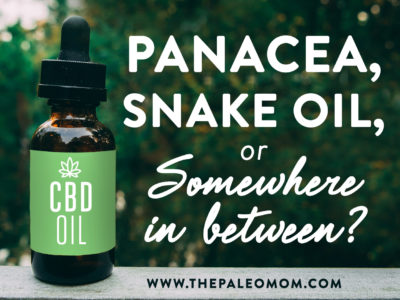
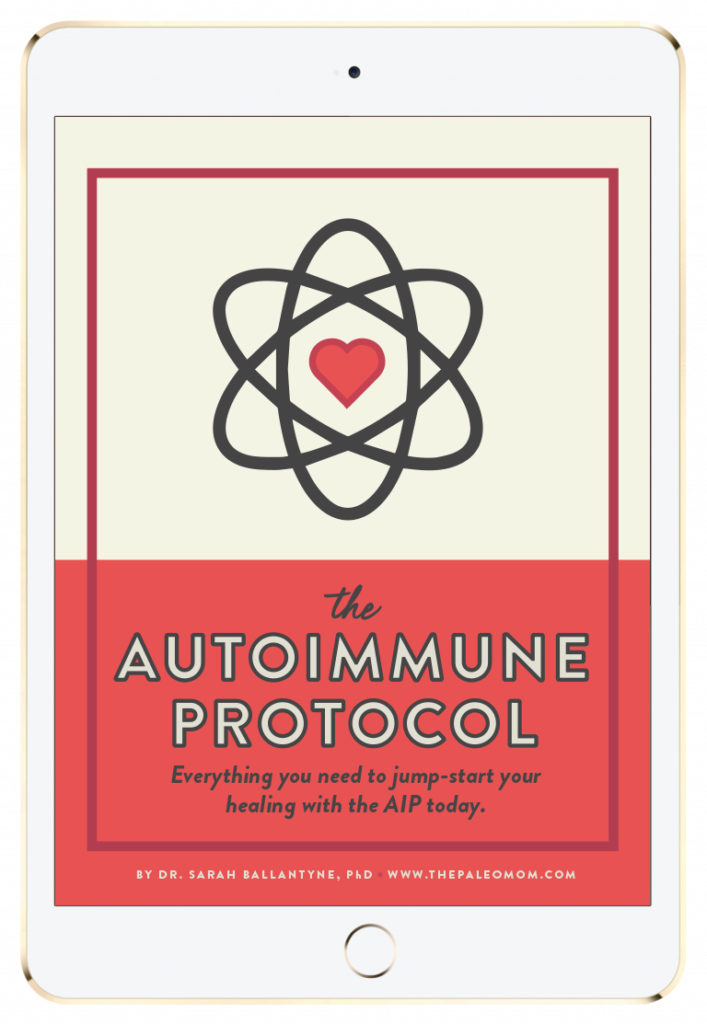
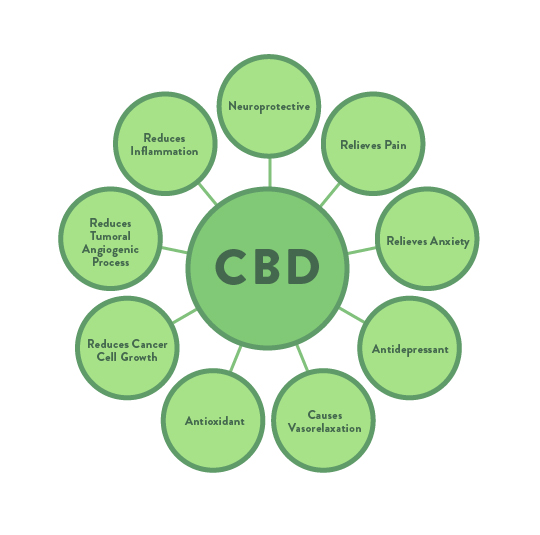

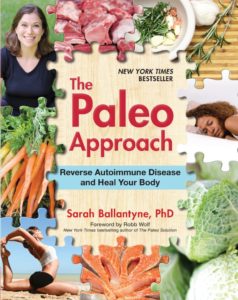
 TPV Podcast, Episode 311: Sarah’s Back From Canada!
TPV Podcast, Episode 311: Sarah’s Back From Canada!